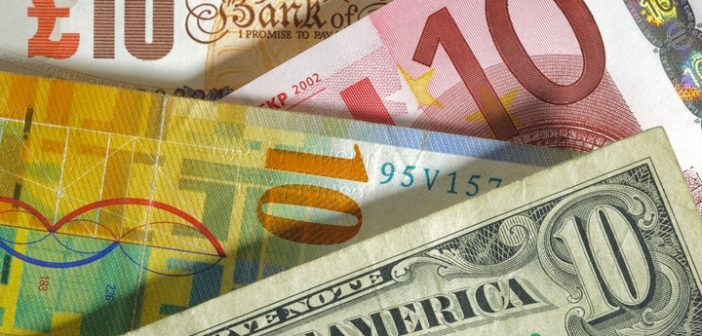The world of currency exchange can be a confusing one at the best of times. Dealing with money is always a bit complicated, and when you’re in the rush and stress of travel, changing money can be overwhelming and frustrating. This is especially true as there are a number of unfamiliar terms and phrases connected with the foreign currency exchange process.
Here is a breakdown of some of the terminology you’re likely to encounter to help you cut through the confusion of it all and get the best value for your money so that you have one less thing to worry about during your travels.
1. The sell rate
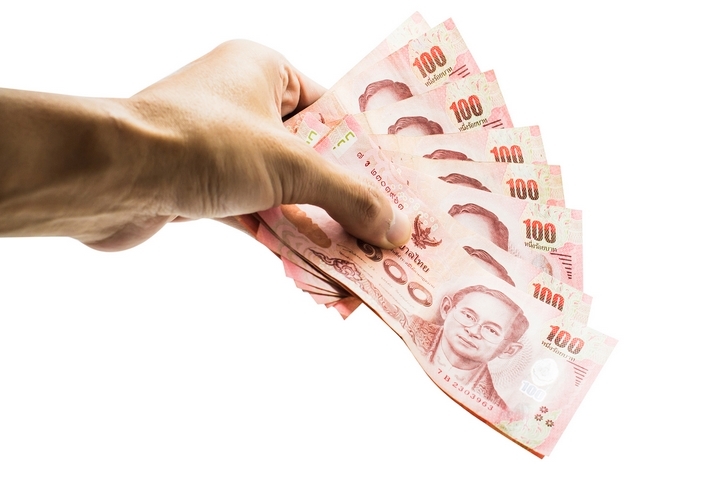
The sell rate is the rate at which the money exchanger will be selling foreign currency in exchange for your local currency. This of it this way, if you were heading to Portugal, you would exchange your currency for euros at the sell rate.
2. The buy rate
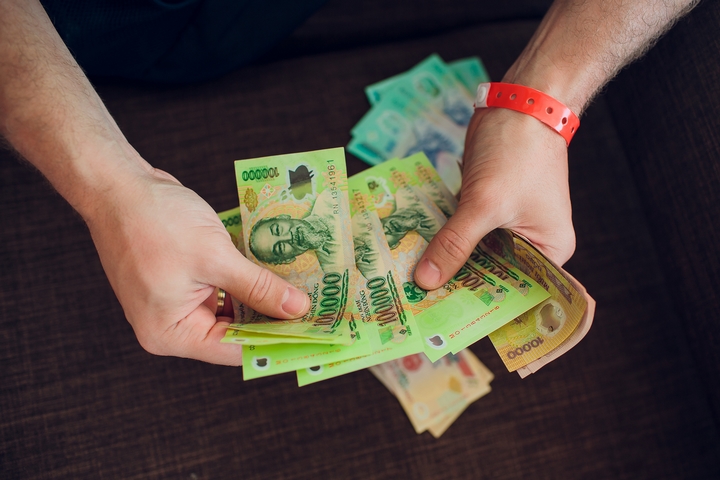
The buy rate, on the other hand, is the rate at which a money exchanger would buy foreign currency back from travellers to exchange into local currency. For example, if you were returning from Mexico, you would exchange your pesos back into dollars at the buy rate. Keep in mind that sometimes you will also see the term, ‘holiday money rate or tourist rate,’ this is simply another term that can be used interchangeably with the sell rate.
3. The spot rate
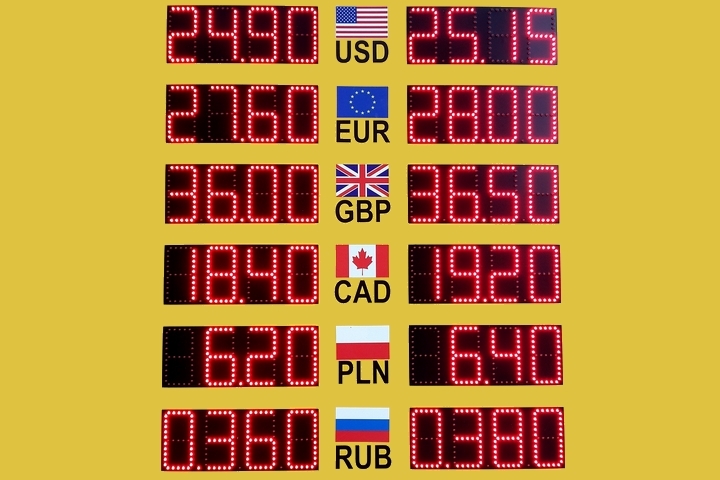
This is where things get a little bit more complicated. The spot rate, which is known more formally as the ‘interbank’ rate, is the official rate that banks or other large financial institutions will charge each other when they are exchanging large amounts of foreign currency. Other players who deal in the business of money change will often simply refer to this as a ‘spot rate’.
It is not the tourist rate and you cannot buy currency at this rate, due to the fact that you are buying relatively small amounts of foreign currency and are therefore subject to a different set of rules and regulations. A good comparison to everyday life that makes this easier to understand would be to think of it in the same way as the difference between wholesale and retail prices. Another point worth noting is that the rates shown in financial newspapers and in broadcast media are usually the interbank rates.
4. The spread and cross rate
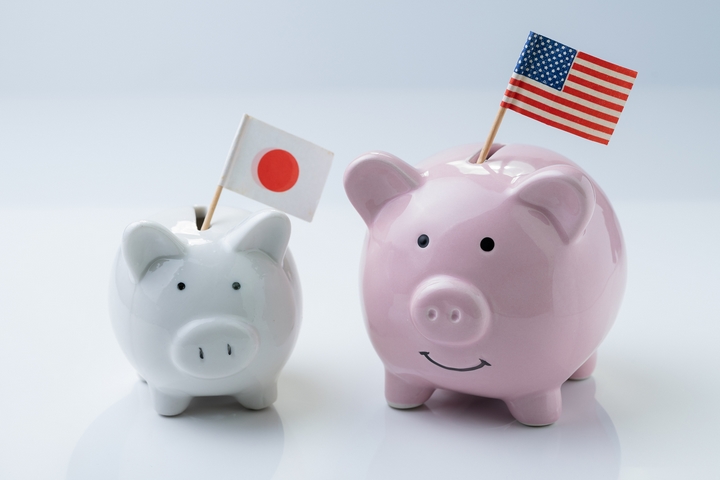
The spread is the term for the difference in prices between the buy and sell rates offered by a foreign-exchange provider. The spread can also be used to understand what is happening in a cross-rate transaction. A cross rate is the rate that is given to customer who want to make a currency exchange that does not involve the country’s local currency. For example, if you were in Canada and wanted to exchange Australian dollars into US dollars, you would be given the cross rate.
5. Commission
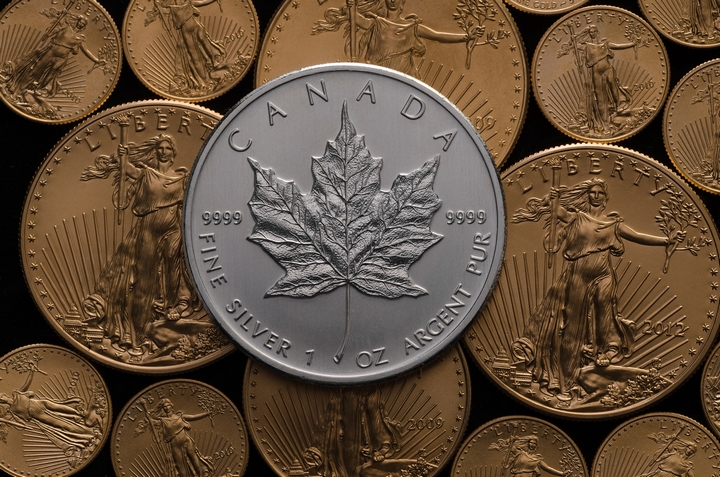
This is an important one to pay attention to, as commission is the common fee that most foreign-exchange providers will charge for exchanging one currency to another. Be careful here, because some currency sellers advertise commission-free foreign exchange, but while this may sound like a good deal, you should be warned that they could be making up for the loss of commission with higher exchange rates.
As a result, this could actually be more expensive than if you’d just paid commission. It is also worth inquiring about the buy-back rate too, because in the event that you bring back leftover current, choosing a provider that is willing to buy back your currency for free means that you won’t have to pay twice.

